Blue Beauty: Trendsetting or Marketing Hype?
Blue beauty is the latest marketing description trending in skincare. Along with clean beauty, green beauty, and so many others, blue beauty is neither fully defined nor regulated.
Blue is the new hue that's trending in skincare.
There's increasing popularity for blue colours and blue ingredients like blue tansy. Brands are coming out with all sorts of gorgeous fluffy blue cloud-like products. There are also a growing number of anti-pollution skincare products that claim to filter and protect your skin from blue light.
And, there is an entirely new wave (dare we say, a tidal wave) of brands and products now being marketed as a whole new genre of skincare: the Blue Beauty Movement.
The advent of any new beauty movement is essentially a marketing plan that gets executed - green beauty, clean beauty, etc. None of these categories are clearly defined. Very few have any truly rigorous standards that are applied (going through a certification process gives a brand authenticity, but it's not an actual regulatory body that is certifying them).
When a new beauty movement is born, a brand (or group of brands) labels it, defines it, and markets it. Next, it catches on and becomes a thing -- a classification of skincare that didn't exist before.
Marketing is essential. Without it, all we would have are ingredient lists and white boxes. Marketing is necessary so that search engines can classify and match brands/products with like-minded consumers. Marketing isn't a bad thing, but dishonest or misleading marketing is. Search engine optimization and keyword tagging are how products get found by shoppers.
Marketing is a powerful tool that can bring a lot of good to the world if used responsibly.
What is Blue Beauty?
"Blue beauty" is a recent keyword evolution. It is a subset of the Green Beauty movement because it focuses on reducing environmental impact -- think sustainable beauty products and zero waste skincare. It's also a subset of the Clean Beauty movement because the ingredients are believed to be safe(r) and less toxic. The difference is that the main focus is to protect oceans, waterways, reefs, and marine animals from the dangers of damaging chemicals and toxins that they consume (which then re-enters the food chain).
The National Oceanic and Atmospheric Administration (NOAA) advises that almost 40 percent of the American population lives in coastal regions. National Geographic paints a devastating picture of how marine pollution looks. Plastic pollution is harming our marine environments. An estimated 5 trillion pieces of plastic are floating around our oceans. What we know about microplastics reminds us that we have a responsibility to find a better way to take care of ourselves and our planet. Using sustainable skincare products and containers is how we can do this.
Unfortunately, unless we make some drastic changes, there will soon be more plastic in our oceans than marine life itself.
The founder of Blue Beauty Heroes, Jeannie Jarnot, is credited with coining the term Blue Beauty. It originated from Project Blue Beauty, where she and her team recovered 700 pounds of plastic waste off the coast of Oahu. Taken directly from their website, brands that they consider Blue have the following attributes:
- "They source non-GMO, organic, wild-harvested ingredients
- They use minimal outer packaging or biodegradable, upcycled or reusable packaging
- They become certified carbon-neutral
- They are plastic negative and provide supply chain transparency
- They work with local farmers and suppliers
- They opt for donated or recycled packing material
- They have a customer-facing recycling program and a smart returns donation program
- They invest R&D budget into green technologies and they're committed to cause-based giving campaigns"
These attributes are all admirable, and brands that incorporate some/all of these principles will be a net-positive force from a sustainable beauty standpoint. It is no secret that the beauty industry has a toxic relationship with plastic that needs to end.
They also have a long list of banned ingredients. At bareLUXE™, we aren't fans of 'free from/banned' ingredient lists because they perpetuate many myths and are not always based in science. We do avoid many ingredients with environmental persistence and bioaccumulation, especially in fish.
What is Bluewashing?
Blue beauty is described as a movement towards sustainability, using ingredients that are considered "reef-safe" with the goal of zero-waste skincare packaging.
Marketing hype can become a problem. It is not uncommon for blue beauty products to have blue-hued packaging and blue labels, with a blue theme throughout the entire product line. However, Blue Beauty is not supposed to be focused on the sensory aspects of the product.
As with most, if not all, of our skincare marketing classifications, "Blue" has no definition or regulation. Like clean, green, hypoallergenic, non-toxic, cosmeceutical, the word "Blue" has no consistent meaning. The consumer needs to dig deeper into the brand and find out its purpose and how they define it.
"Reef safe" is just a phrase. Like "biodegradable," "environmentally friendly," and "hypoallergenic,"; it is unregulated and unenforced.
With the advent of Blue Beauty comes the advent of bluewashing. Consumers must be on the lookout and always alert and aware.
The bluewashing definition is similar to greenwashing - a dishonest marketing practice where a brand oversells their commitment to responsible social practices. In this case, the bluewashing meaning has to do with the oceans and reefs - placing heavy emphasis on a product being 'reef safe' but without backing it up or doing what actually needs to be done to help the reefs.
Blue Beauty Products and Clues they May be Bluewashing
How big is the focus on the sensorial aspects of the product?
Is there blue glitter (a microplastic)? Does it contain marine extracts -- things like ingredients like blue spirulina, blue clay (also known as ghassoul), blue agave, and blue algae? How were they harvested? Are there skin sensitizing ingredients (Halocynthiaxanthin)? Are there any unintended consequences to using them or farming/harvesting them? The emphasis on sourcing wild-harvested ingredients is not without risk, particularly to biodiversity and over-farming. Caution is needed when using wild-harvested ingredients.
Is the product being marketed specifically as "reef safe"?
The degree of safety (or non-safety) of each sunscreen ingredient is up for some debate. Coral stress is caused by temperature change, increased sunlight, acidification, and pollutants. Some sunscreens do contribute for sure, but the estimated impact (in comparison to other causes) is quite low.
Scientists who disagree with banning sunscreen ingredients feel that it functions as a distraction from the most severe issue - climate change.
If you are personally going swimming near a coral reef, choosing sunscreens containing 'reef safe' ingredients is a reasonable choice. But if you're shopping for a new sunscreen, buying one labeled as "reef safe" from a brand that doesn't go the added steps of explaining how they are minimizing plastic (a MUCH stronger driver of climate change), then they aren't tackling the bigger issues.
Simply removing one ingredient will not solve our reef crisis.
Is There a Lack of Detail?
No product is perfect, and no brand is perfect. Transparency and easily accessible details are critical. If a brand glosses over all the non-beneficial decisions they make and draws attention to their good choices with superficial information, they are keeping their customers in the dark. Packaging materials and whether they truly biodegrade is a big deal when it comes to plastic waste and reef safety.
Why Should We Care About Skincare Marketing?
Which came first? Supply or demand? Are social movements impacting the beauty industry? Or vice versa? Likely a bit of both.
The notion of "movements" in the beauty industry is vast. From clean to green, and now to blue. Awareness, education, intelligent thought, shifting mindsets, and culture change all happen over time and with much marketing.
If we are going to jump on the consumer bandwagon, let's do it for the right reasons.
Are brands guilty of jumping on the bandwagon of trendy new hashtags and keywords to sell our products?
To a degree, yes. But when new movements are guided by both consumer choices (towards sustainability) and by brands changing their ethos and their products, it's a win-win. And a win for the earth too.

While the idea of taking care of our oceans is vitally important, the actual importance is not what we call it, but what we do about it.
Blue Beauty Conclusions?
The Blue Beauty movement is drawing important attention to the fact that climate change and plastic waste are drastically and rapidly impacting the health of our planet.
This voice needs to be amplified aggressively in all manner of ways.
However, brands need to actually change their ethos/products and consumers need to become more knowledgeable and aware to ensure that true benefit occurs.
Not just trendsetting.
1 comment
Dr. Heather Smith developed her love for skinimalism and clean beauty years ago when she began making home remedies for her newborn's eczema. She is an expert in natural ingredients and active botanicals and has now launched bareLUXE Skincare - a full line of effective oil serums. She dedicates this blog to consumers who are researching ingredients and working to make their beauty ritual more natural and sustainable.
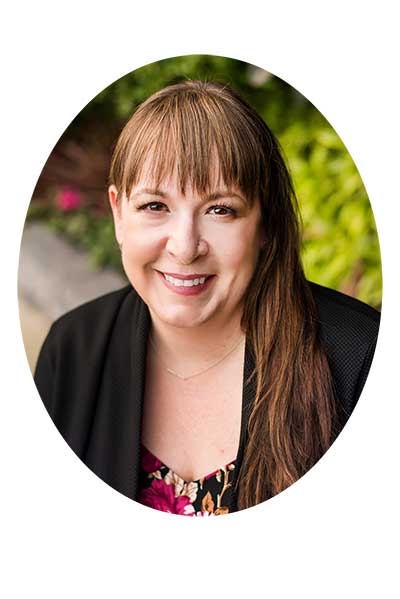
MEDICAL DISCLAIMER
This content is for informational and educational purposes only. It is not intended to provide medical advice or to take the place of such advice or treatment from a personal physician. All readers/viewers of this content are advised to consult their doctors or qualified health professionals regarding specific health questions. Neither Dr. Smith nor the publisher of this content takes responsibility for possible health consequences of any person or persons reading or following the information in this educational content. All viewers of this content should consult their physicians about their skincare concerns and routines.


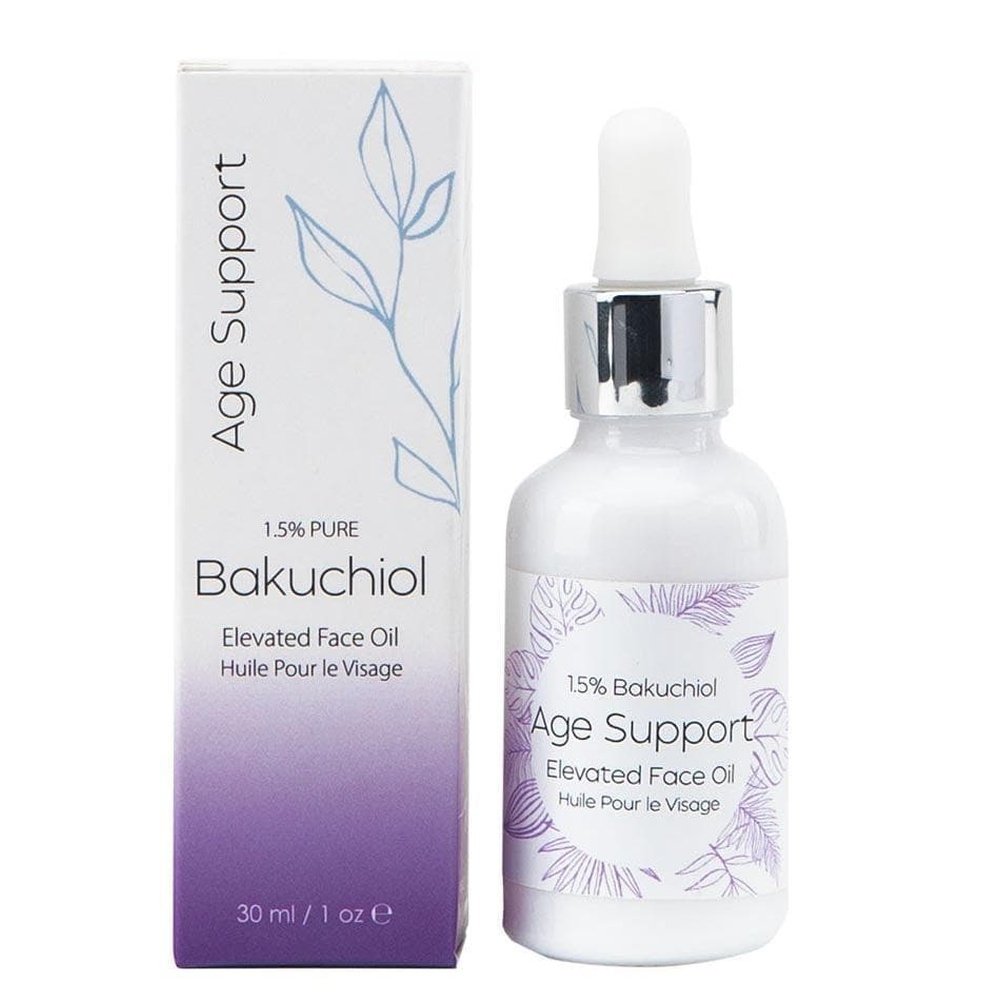
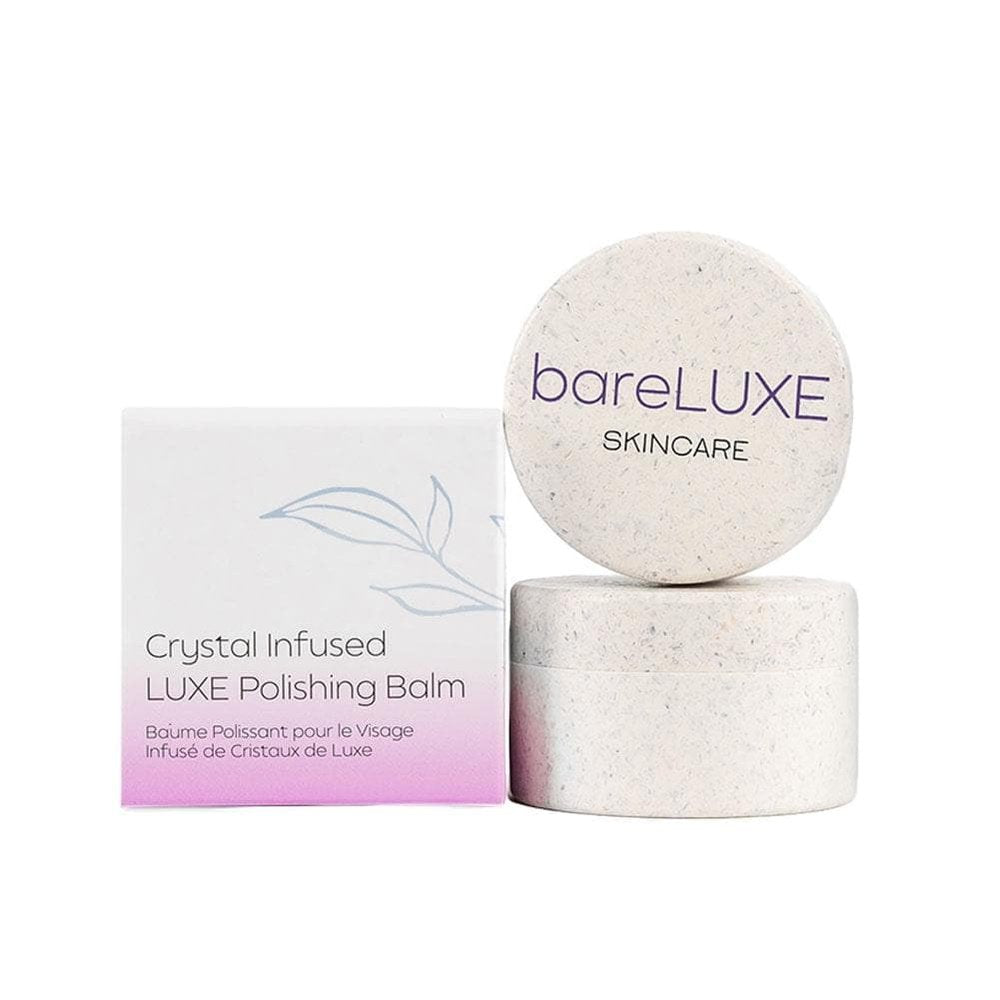
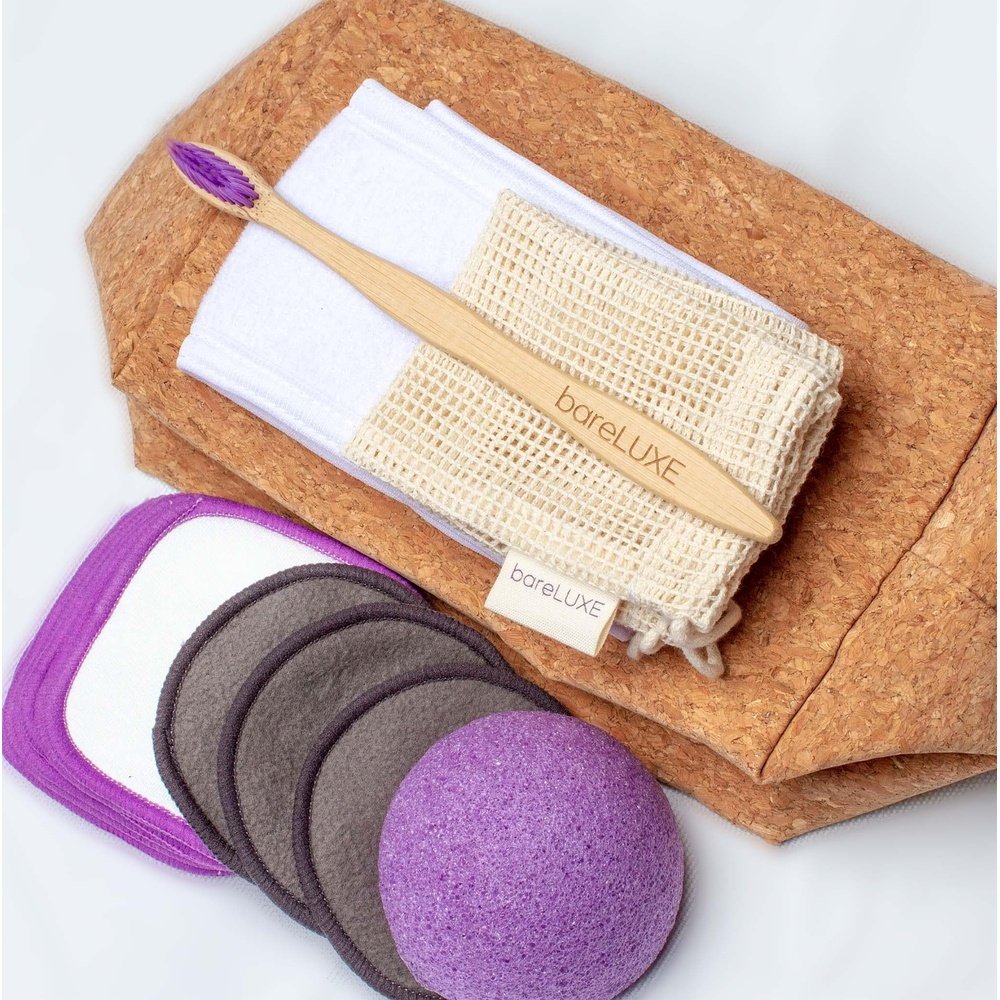
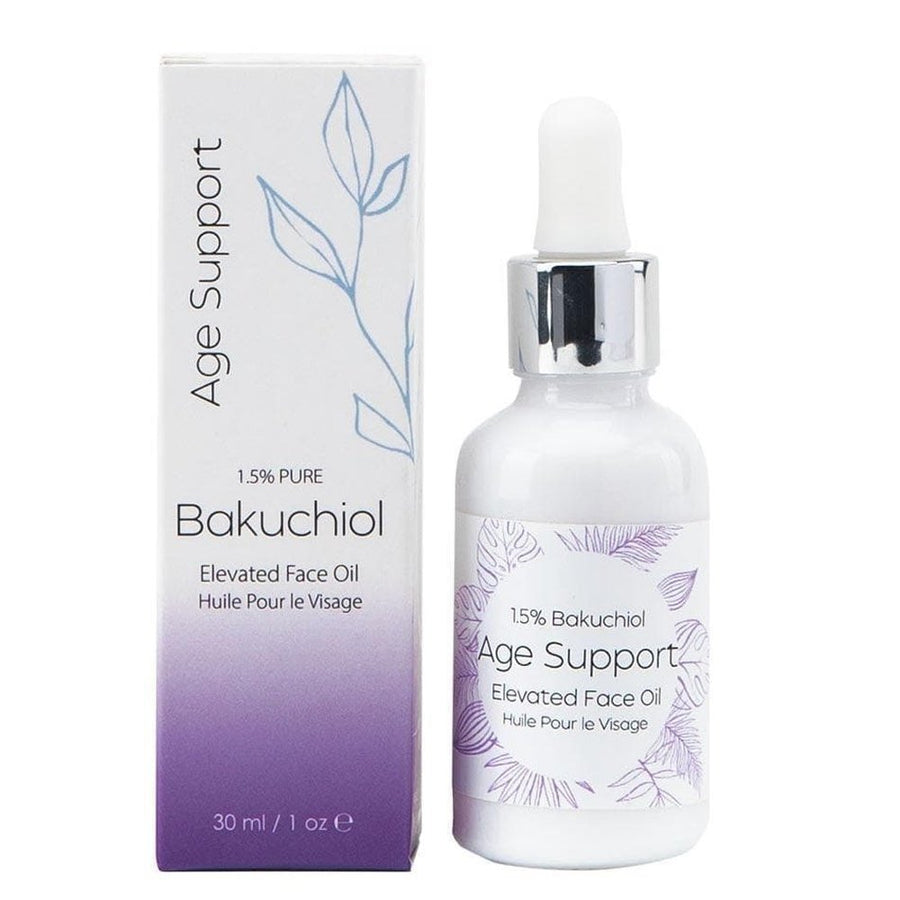
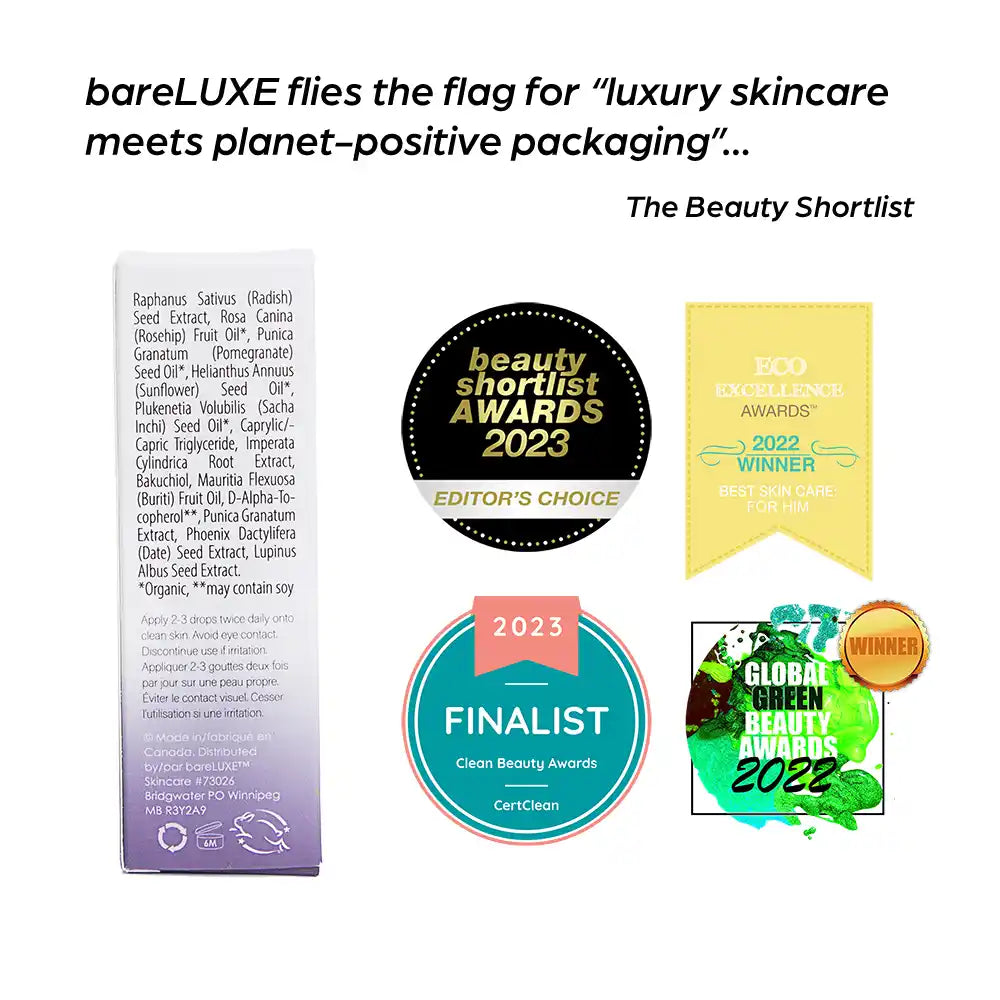
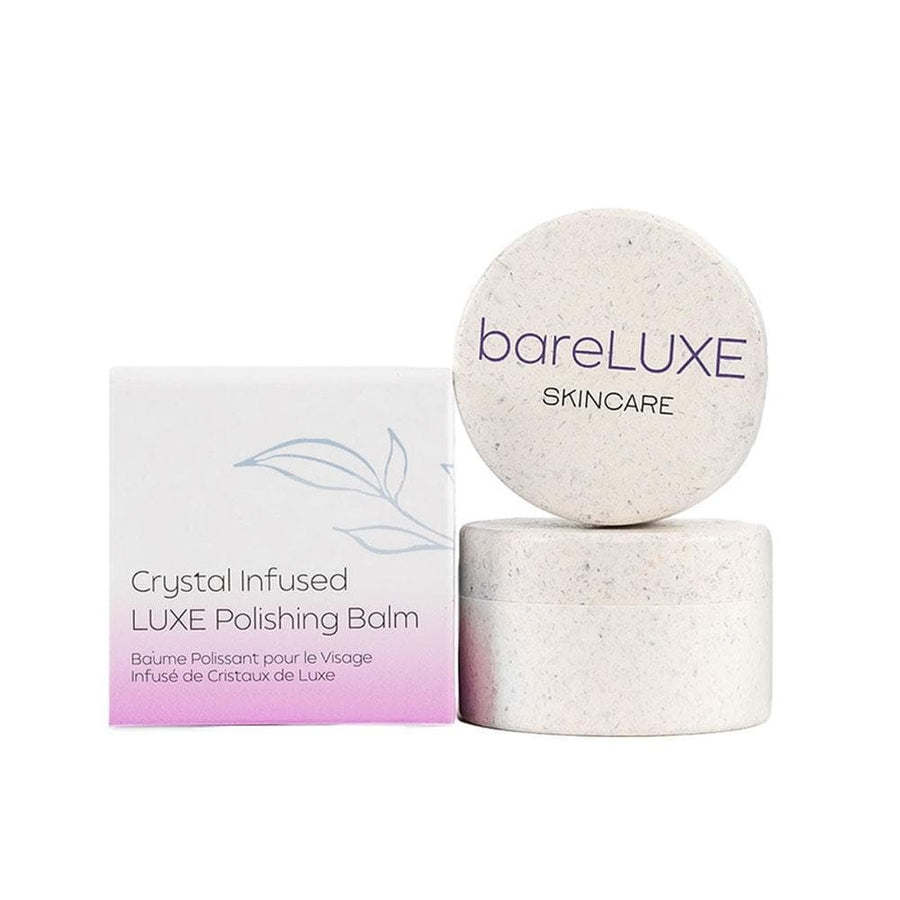
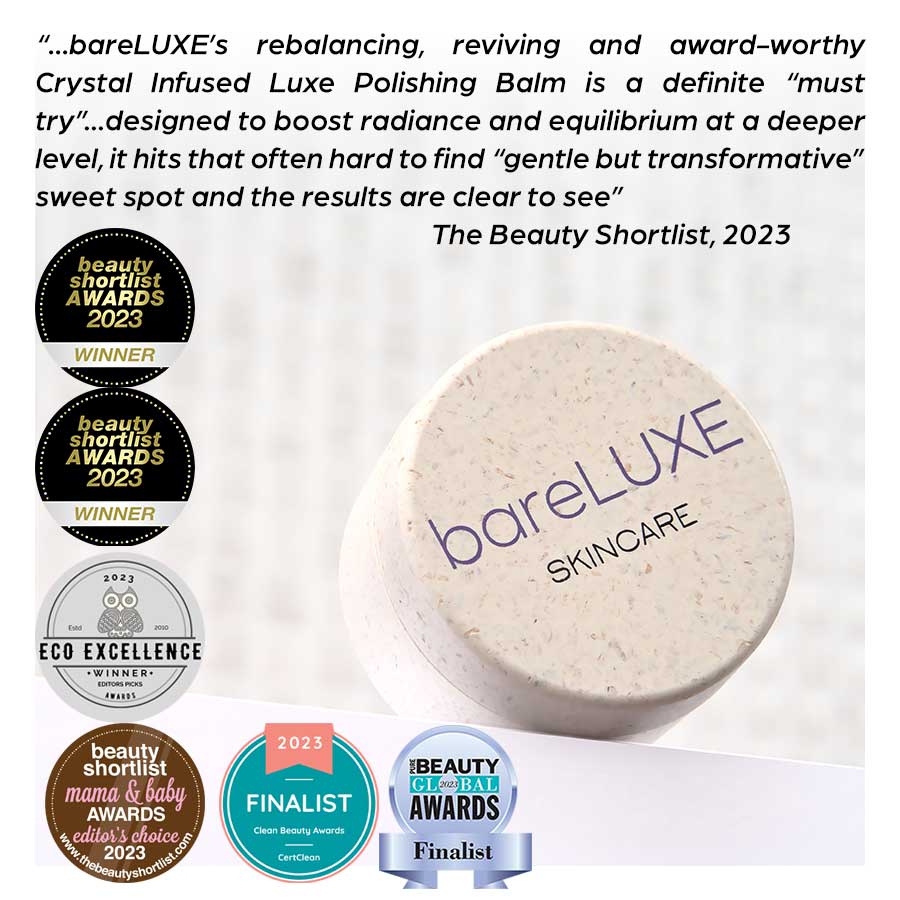
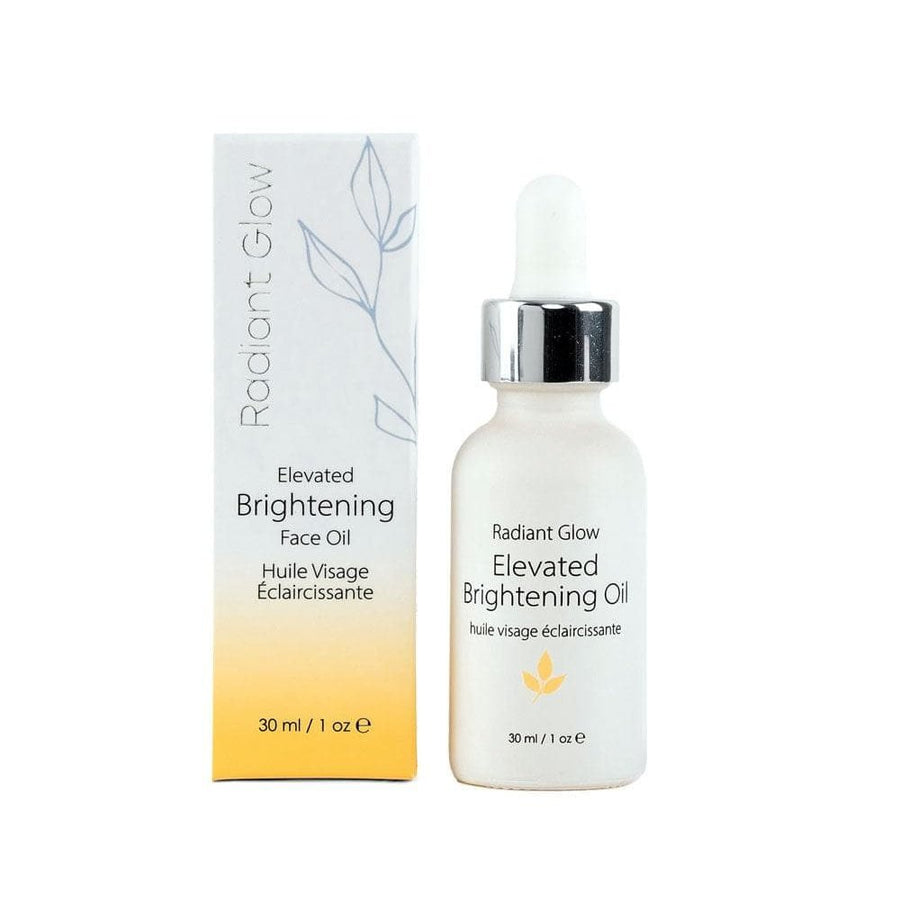
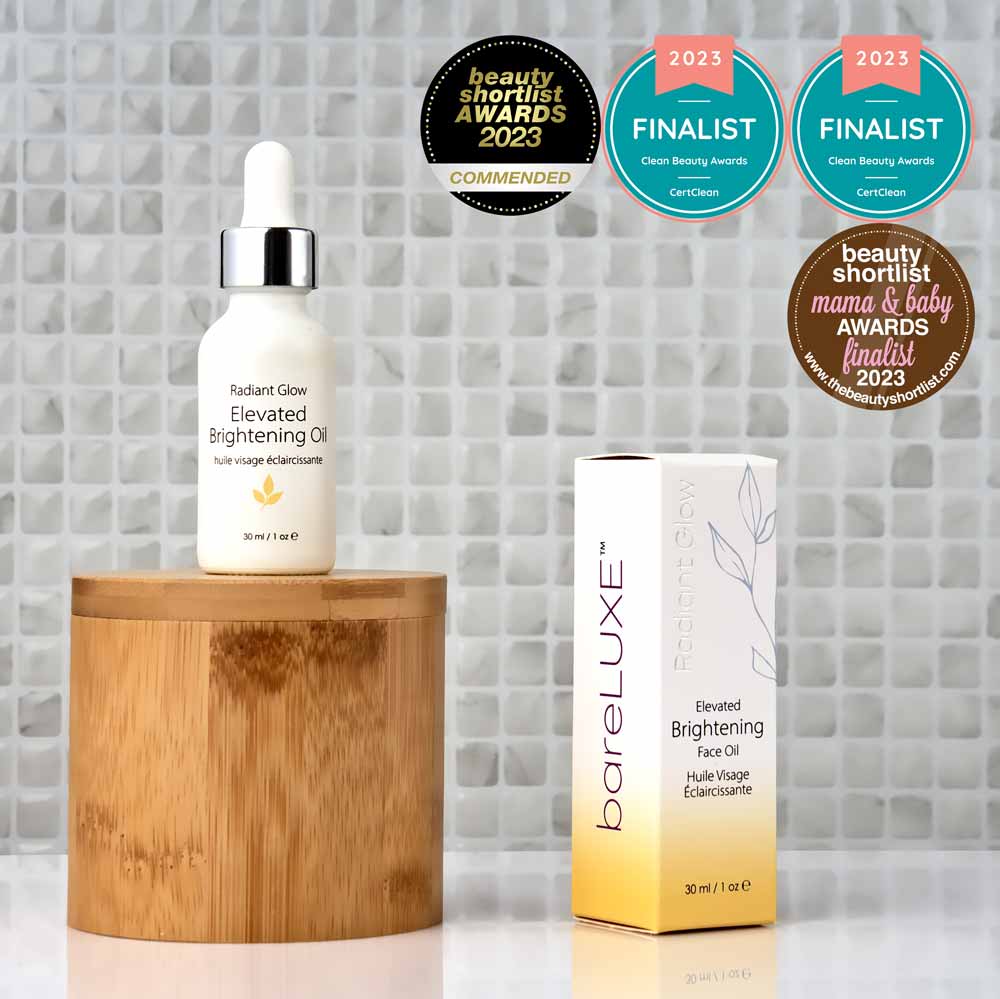
A really good read regarding the importance of science-based based decisions and corporate transparency. It’s also thought provoking to consider what comes first – supply or demand. Conscious consumerism!
Leave a comment